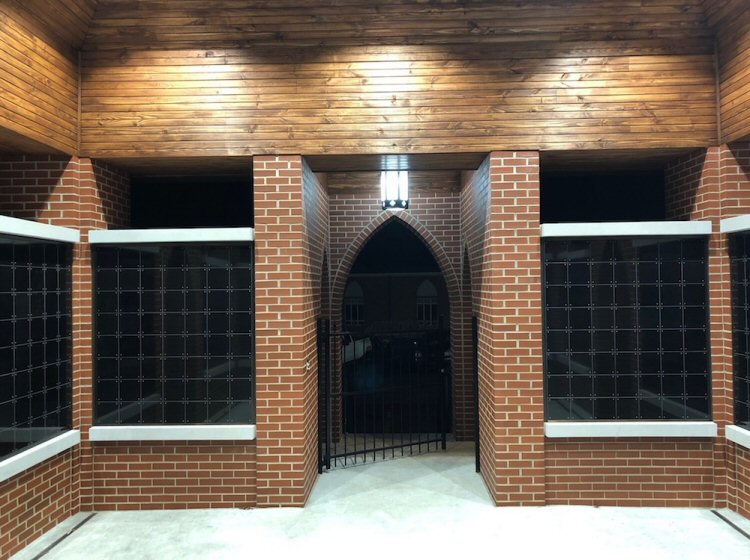Involving church members in the planning of a columbarium offers several benefits and can lead to a more successful and meaningful project for the entire community. Here are some key reasons why:
Diverse perspectives and needs: The church congregation is diverse, and involving them allows different perspectives and needs to be heard and considered. This ensures the columbarium design and features cater to a wider range of preferences and beliefs.
Sense of ownership and participation: When members are involved in the planning process, they feel a sense of ownership and investment in the columbarium. This can lead to increased support and appreciation for the project once it’s completed.
Improved communication and transparency: Open communication throughout the planning process fosters trust and understanding between the church leadership and the congregation. This can address concerns and ensure everyone feels informed and involved.
Fundraising and financial support: Involving members can help with fundraising efforts, as they are more likely to support a project they helped shape. They can also contribute resources, skills, or volunteer time to assist with the planning and construction.
Memorialization and personalization: By involving members, the columbarium can be designed to reflect the unique values and traditions of the church community. This can personalize the memorialization experience and create a sacred space that resonates with everyone.
Community building and engagement: Planning a columbarium can be a unifying experience for the church community. It can spark meaningful conversations about death, legacy, and faith, promoting understanding and connection among members.
Educating and informing the community: The planning process can be an opportunity to educate the congregation about cremation, columbaria, and various memorialization options. This can help dispel myths and uncertainties surrounding these topics.
Here are some ways to involve church members in columbarium planning:
- Form a planning committee: Represent different demographics and perspectives within the congregation.
- Host informational meetings and open forums: Discuss the project goals, needs, and options.
- Conduct surveys and gather feedback: Understand preferences and concerns.
- Organize design workshops and brainstorming sessions: Allow members to contribute ideas and suggestions.
- Seek volunteers for fundraising and project support: Utilize their skills and resources.
Remember, involving church members in the columbarium planning process requires genuine engagement and active listening. By creating a transparent and inclusive environment, you can leverage diverse perspectives, build community support, and ultimately create a columbarium that truly serves the needs and values of your church.

 CALL US
CALL US E-MAIL
E-MAIL